投稿日:2025年04月18日
Under the blossoming cherry trees, archers dressed in traditional hunting costumes from the 12th-century Kamakura period gather every year in Tsuwano to perform the Sacred Yabusame Ritual before the deities, including Hachiman, the God of Archery and War.
Yabusame is a traditional Japanese mounted archery that dates back to the Kamakura period. It is performed as a sacred Shinto ritual in dedication to the deities, praying for universal peace, abundant harvest and good health.
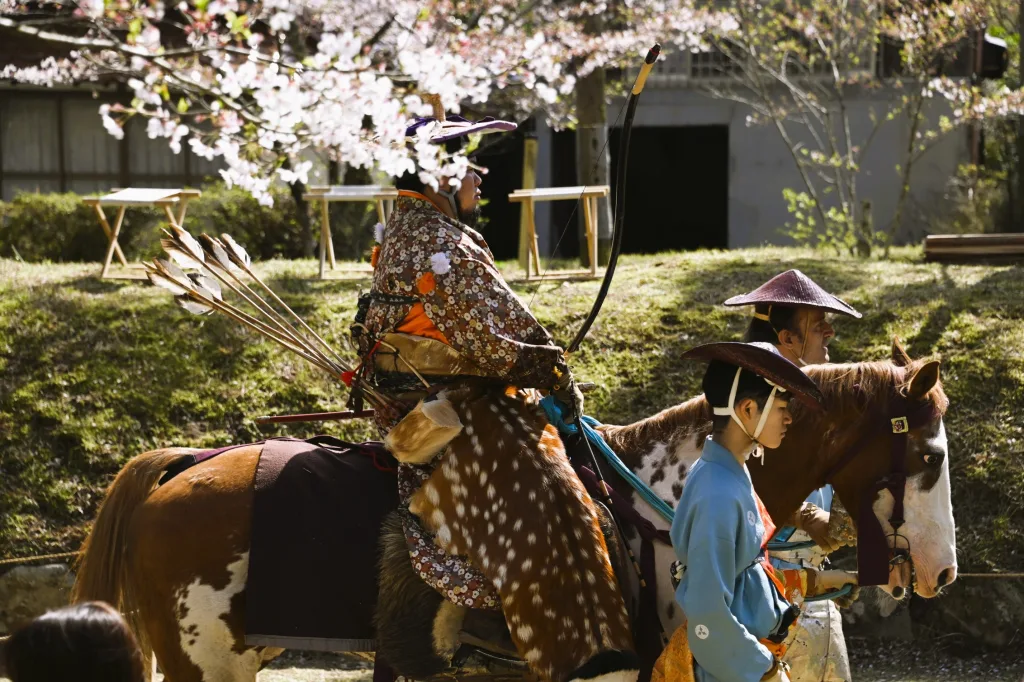
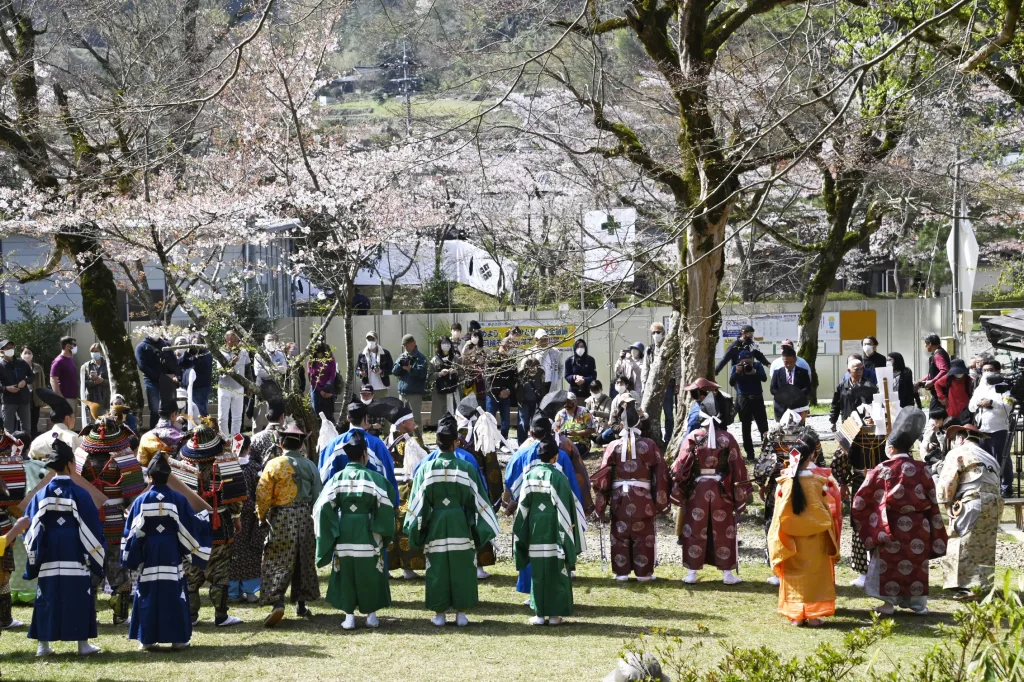
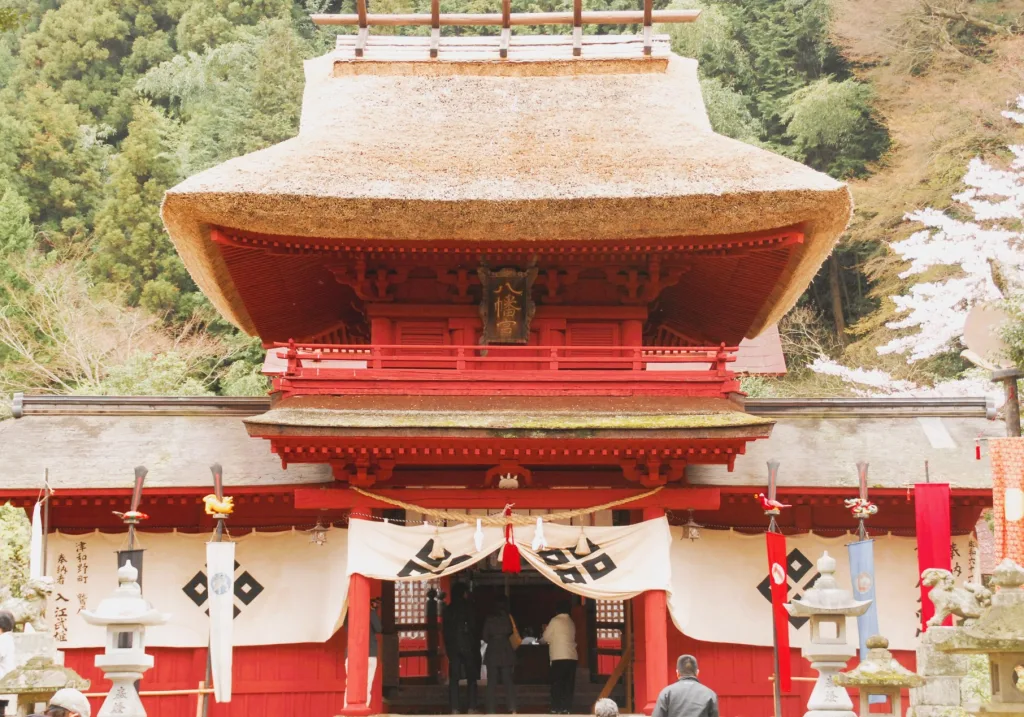
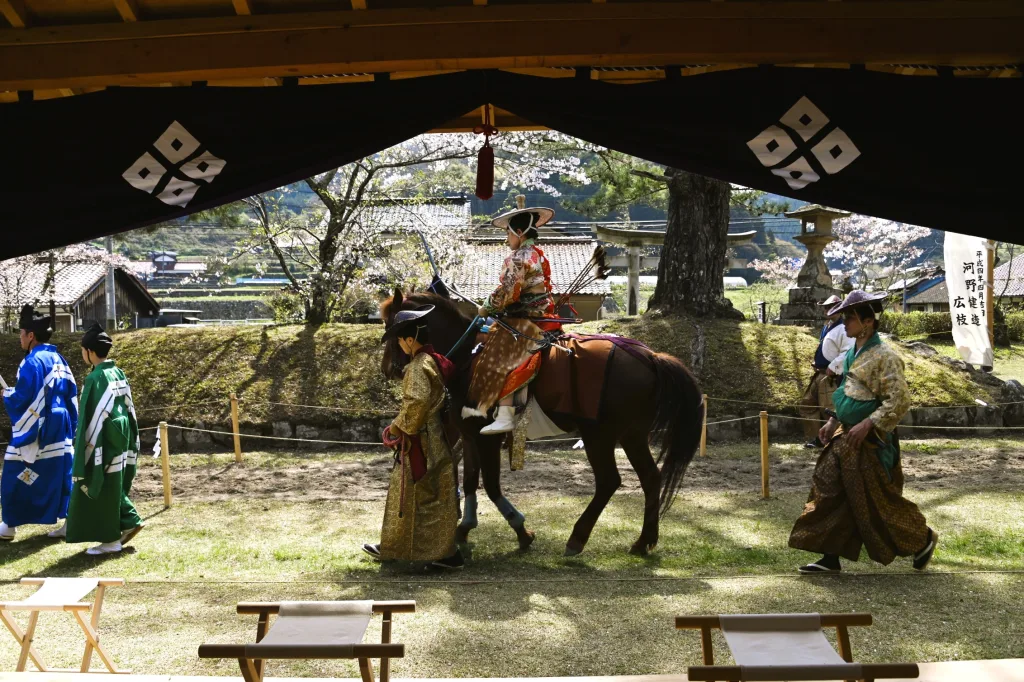
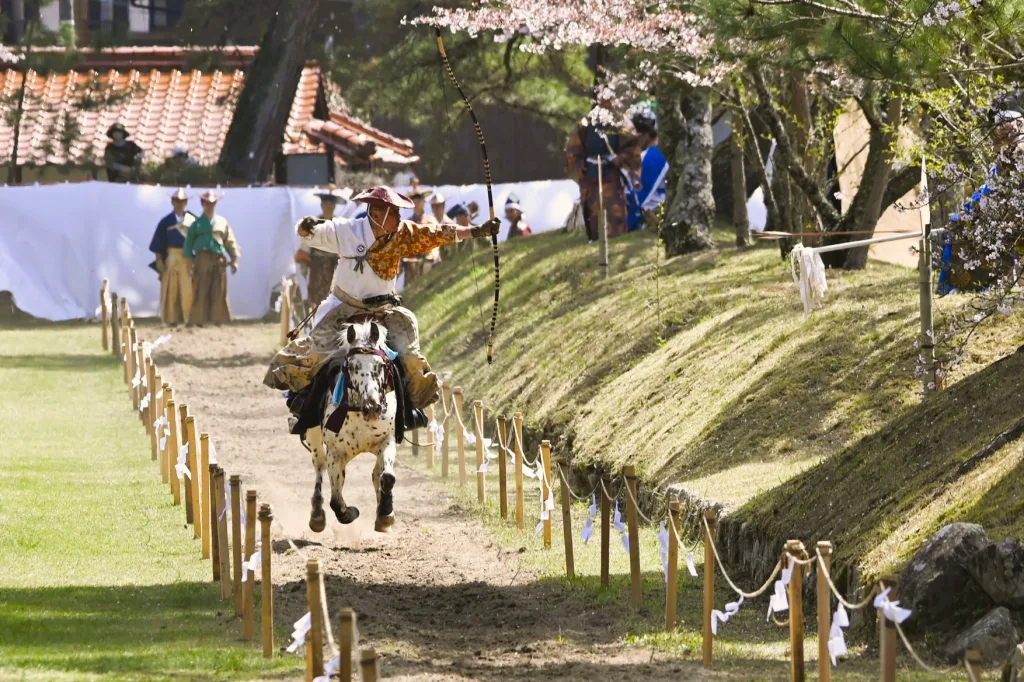
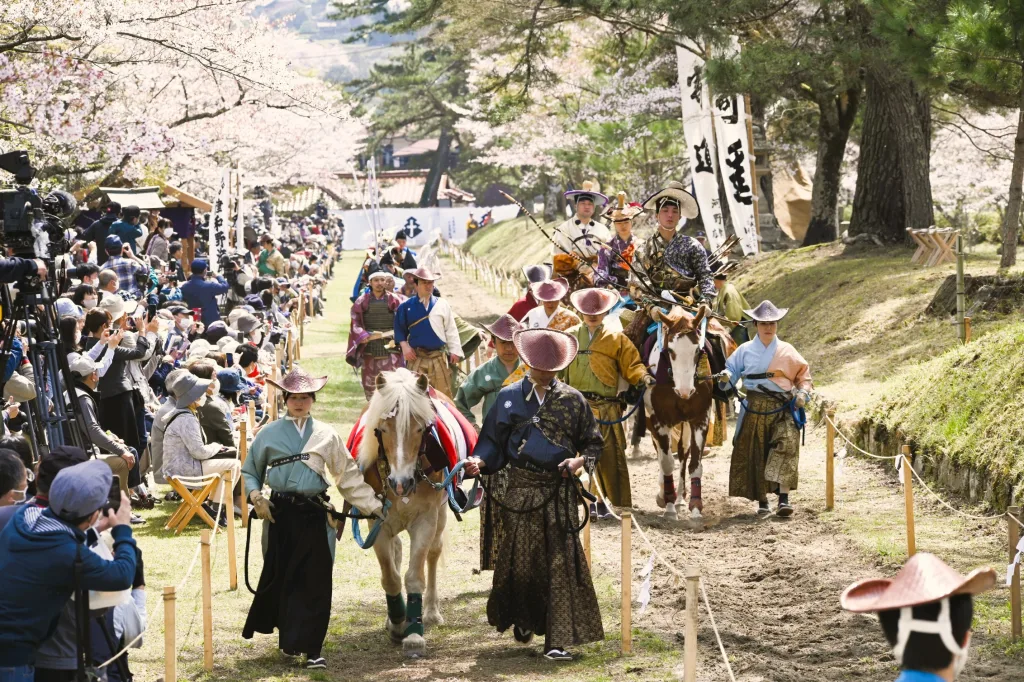
Yabusame is performed in many locations across Japan, but Tsuwano holds a unique distinction: its riding grounds are modeled after those at Tsurugaoka Hachimangu Shrine in Kamakura (Kanagawa Prefecture), the original home of the Hachiman deity, and are
the only ones in Japan that have preserved the ancient original layout seen in the 12th-century Kamakura period.
Because of this, the Yabusame riding grounds and the grounds of Washibara Hachimangu Shrine were designated as an Important Historical Site by Shimane Prefecture in 1966.
Designated as an Important Cultural Property of Japan in 2011, the Washibara Hachimangu Shrine was built in 1568, and is the oldest existing Shinto structure in Shimane.
Today, skilled archers from the Ogasawara-ryū School of Yabusame perform this dynamic and captivating ritual on Japan’s oldest existing horseback archery grounds, here in Tsuwano.
With a history of 850 years, the Ogasawara-ryū is one of the oldest Yabusame schools in Japan. They focus on traditional archery, mounted archery, and formal etiquette (reihō).
Originally from Yamanashi Prefecture, the Ogasawara clan played an important role in the Kamakura Shogunate, being recognized by the founder and first Kamakura shogun, Minamoto no Yoritomo(源 頼朝) in 1186.
Yabusame was especially popular during the Edo period (1603–1867). However, it gradually disappeared during the Meiji period in the late 1800s.
In 1957, the Tsuwano Kyūdō Association brought Yabusame back, but the event was suspended again soon after. It wasn’t until 1966 that the younger generation of Tsuwano took renewed interest and helped revive the tradition. Although the early performances weren’t fully traditional, they helped local people reconnect with the value of the historic Washibara riding grounds.
In February 1976, the 30th head of the Ogasawara-ryū School visited Washibara Hachimangu Shrine. He was deeply impressed by the preserved layout of the riding grounds and praised it as
“the only Yabusame grounds of its kind in Japan.”
Just two months later, in April, members of the Ogasawara-ryū School were invited to perform Yabusame in its full, traditional form—an event the local community had long awaited.
Washibara Hachimangu Shrine and the Yabusame Riding Grounds, which appear in a dozen paintings from the Tsuwano Hyakkeizu (One Hundred Landscapes of Tsuwano from the Edo Period), hold deep historical and cultural significance.
Check out this article to learn more about their rich heritage and artistic depictions.
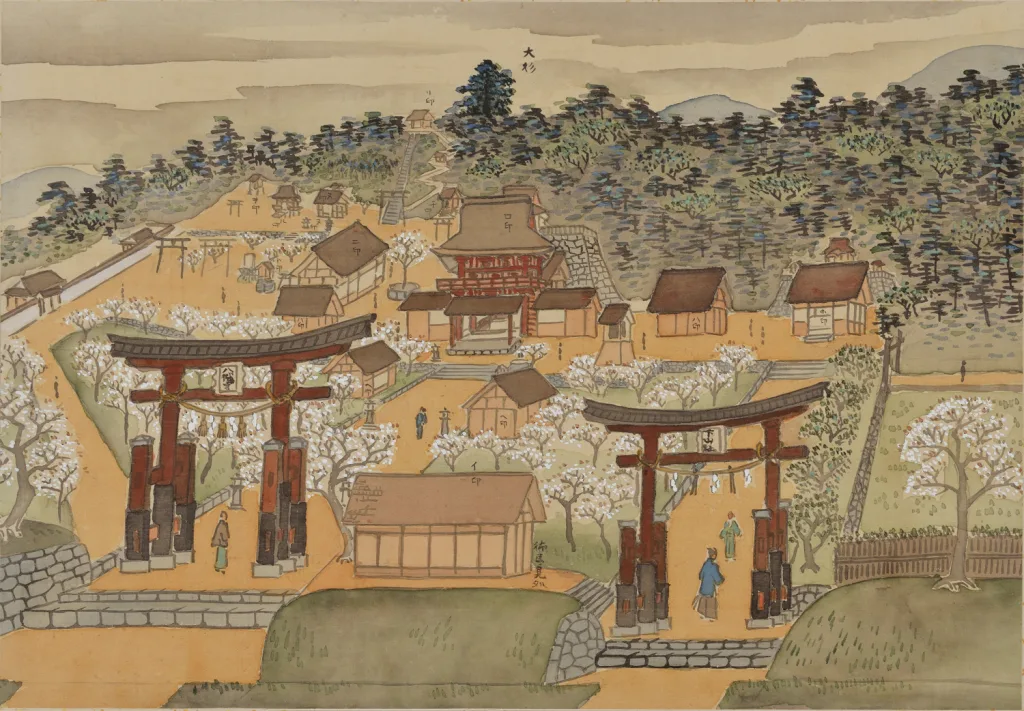
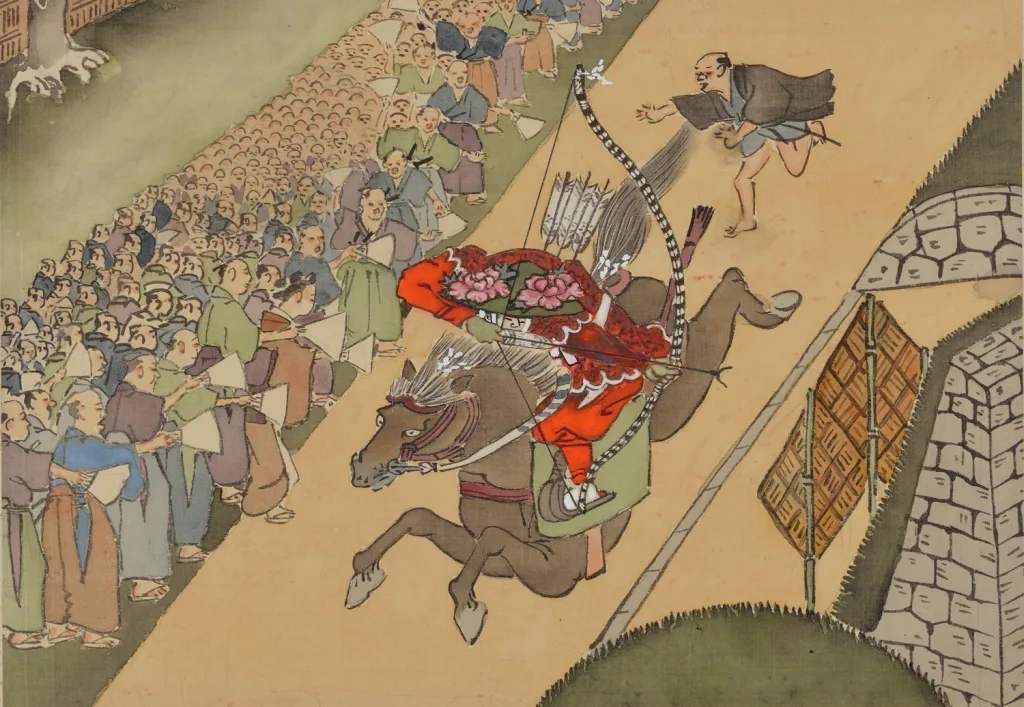
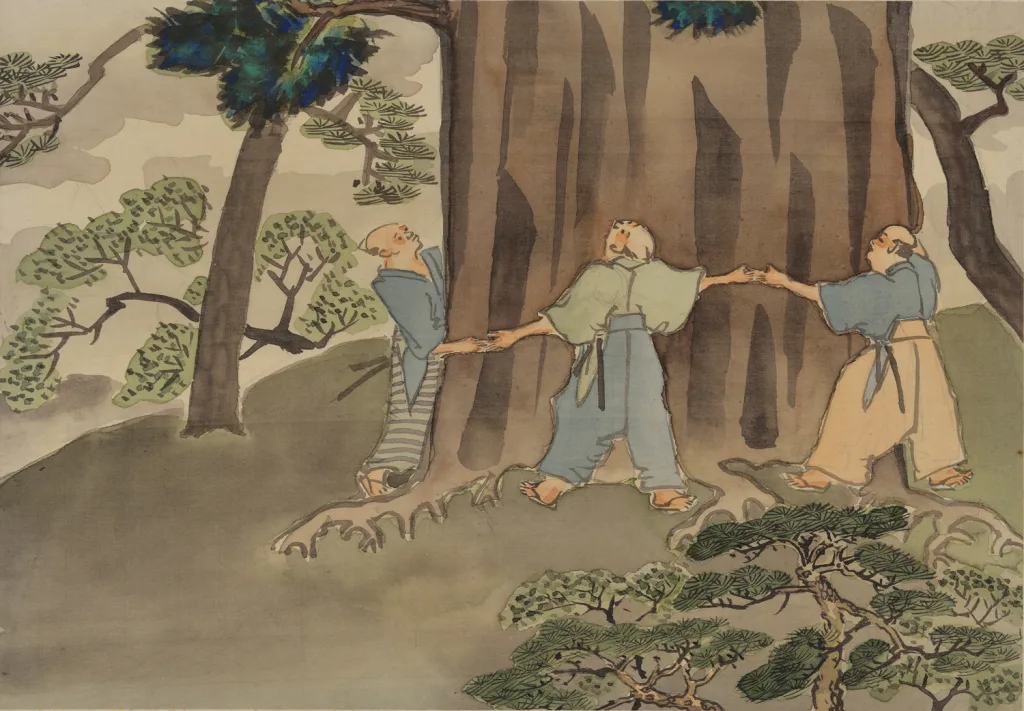
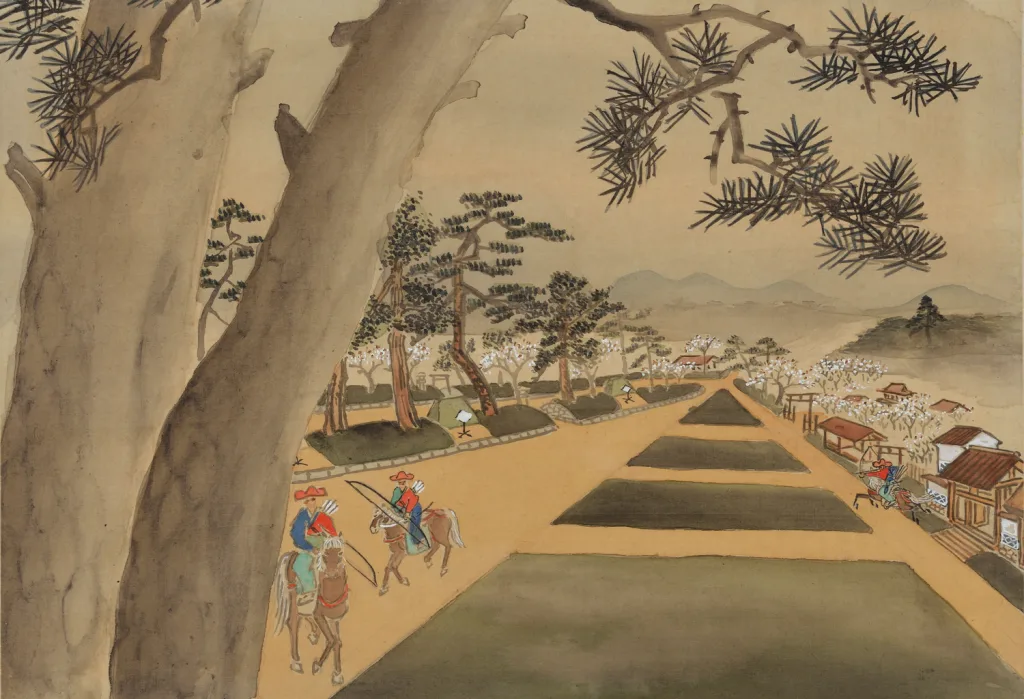
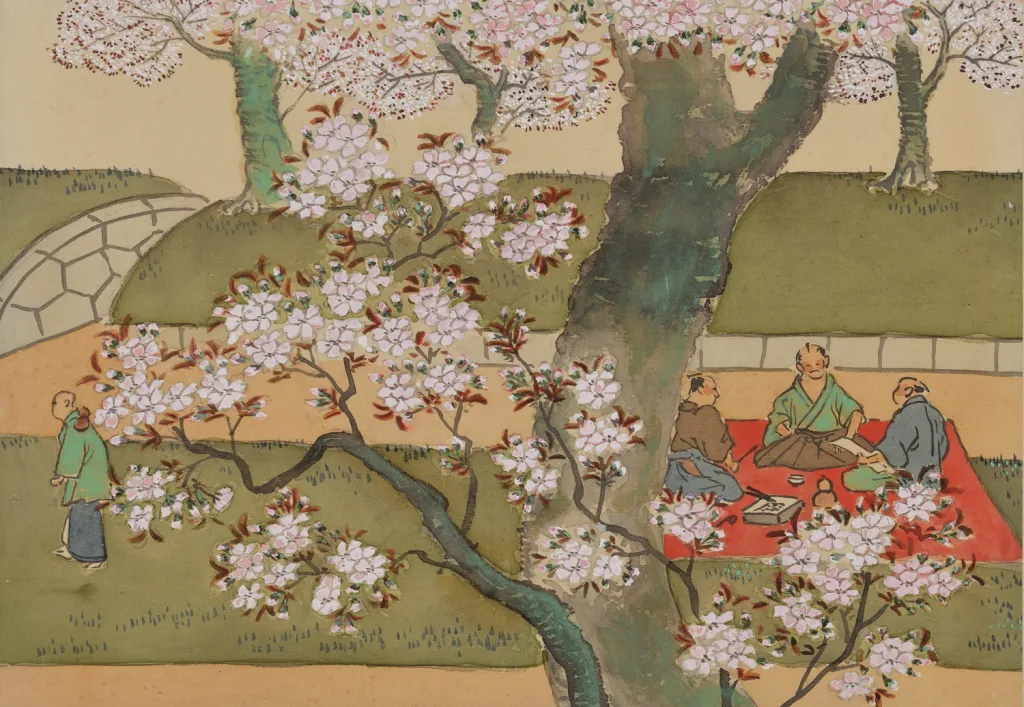
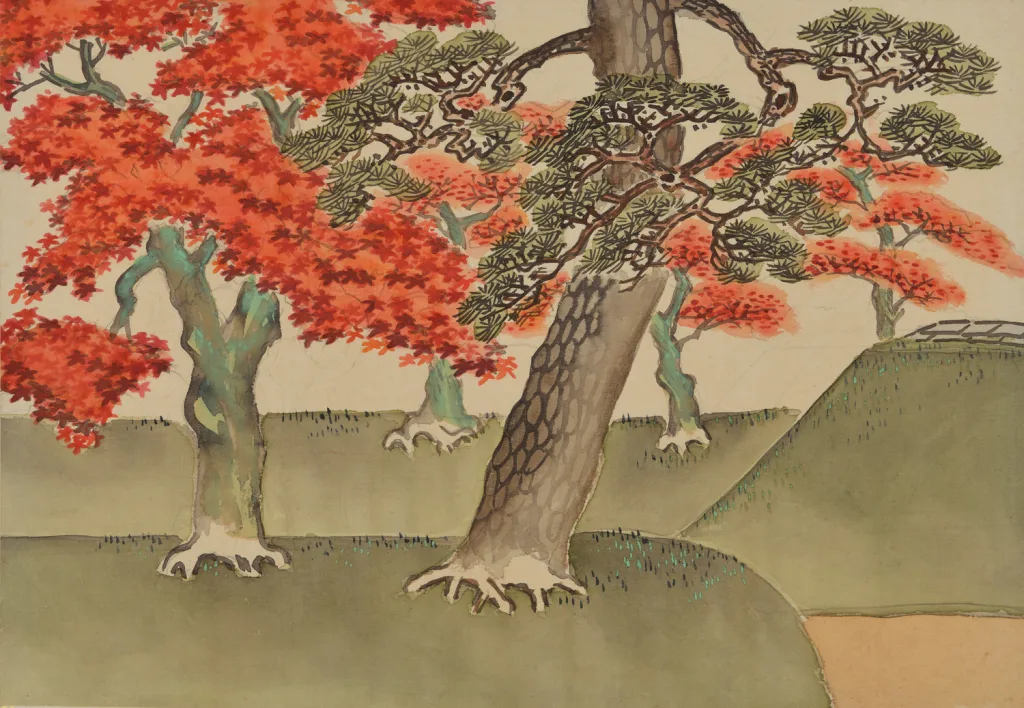
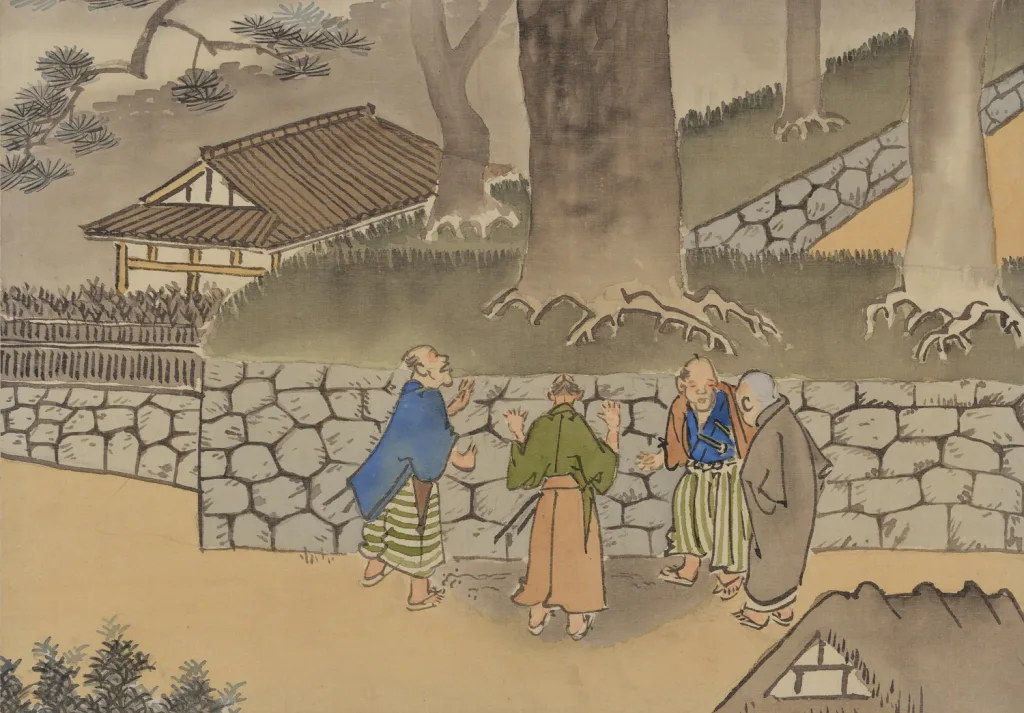


At the Center, you will find:
🗺️ Informative panels detailing the origins and rituals of Yabusame (with a free English audio guide)
🎁 A selection of exclusive Yabusame-themed goods—photo books, keychains, decorative tapes, postcards and clear files—available at the front desk.
Don’t miss our Yabusame Exposition, held every March to April—a great way to dive into the history and spirit of this timeless tradition before seeing it in action!
❖ ❖ ❖
Check out this article on Tsuwano Yabusame, written by our former colleague, Denes Perlaky.
For time schedules of Tsuwano Yabusame, seat reservations, and more, please contact the Tsuwano Tourism Association.